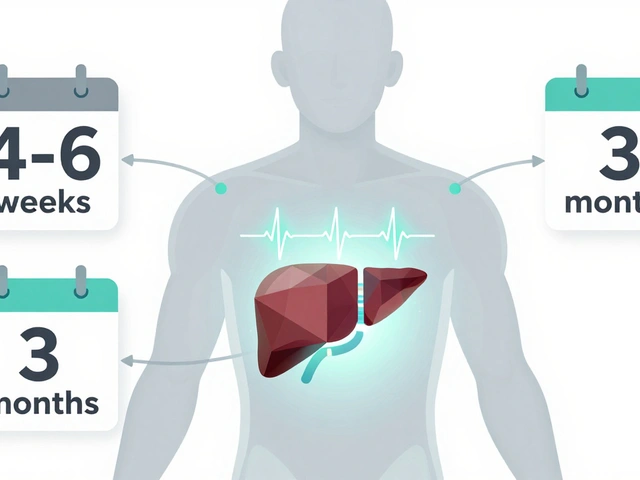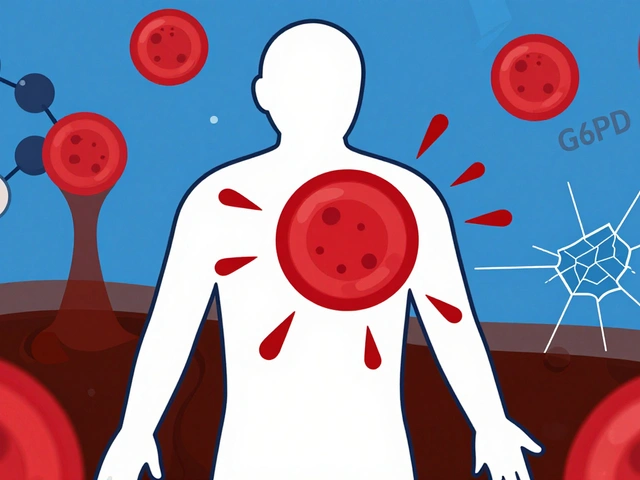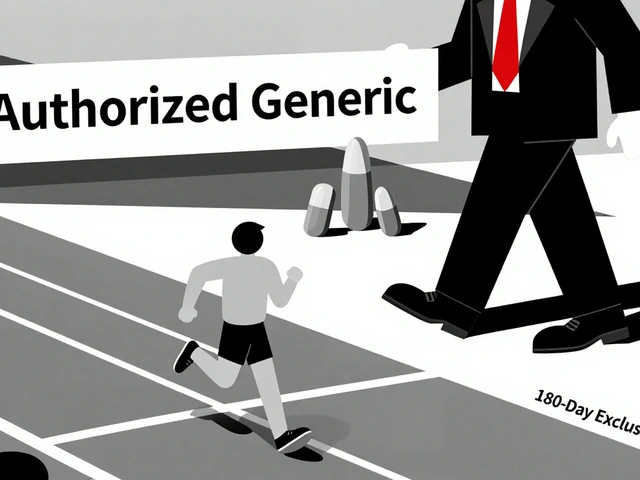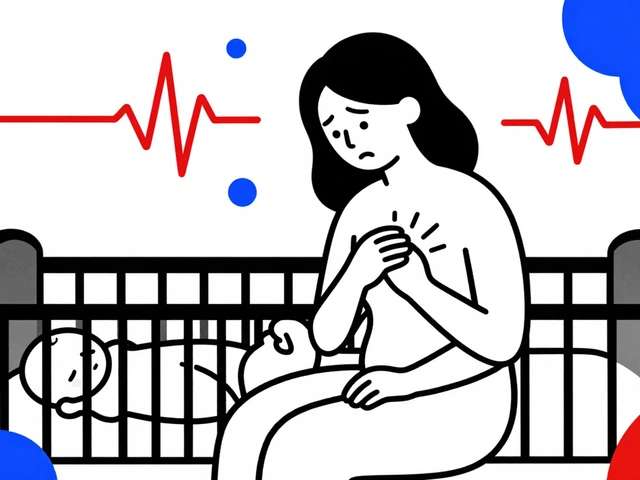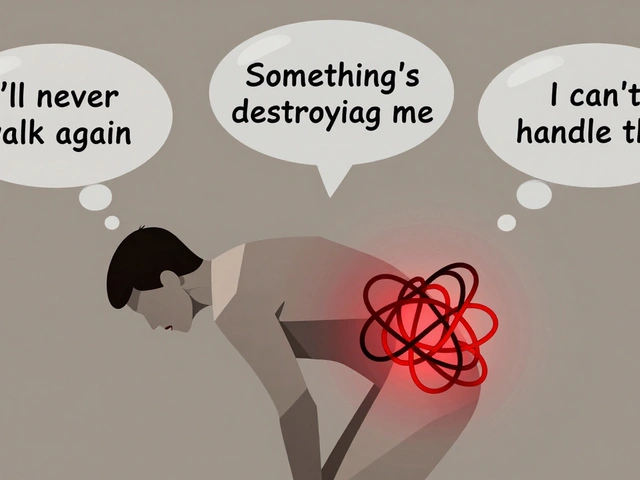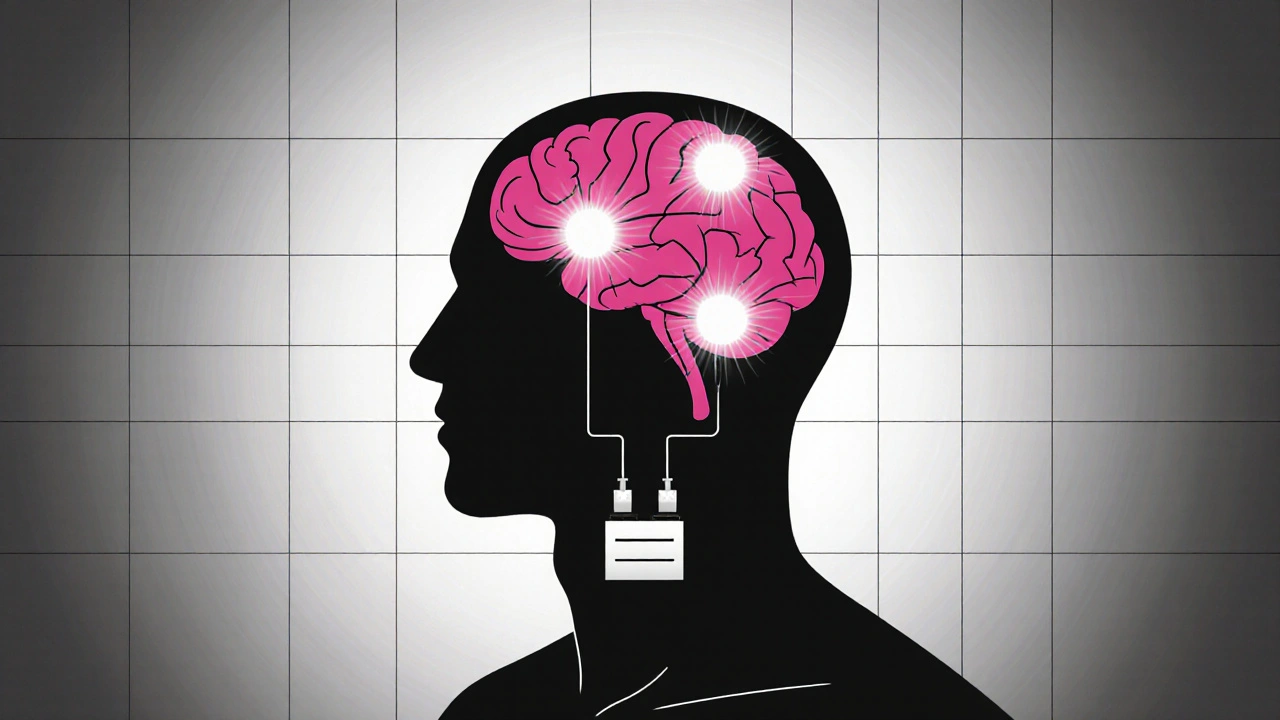DBS Surgery: What It Is, Who It Helps, and What to Expect
When medications for movement disorders stop working well, DBS surgery, a neurosurgical procedure that uses implanted electrodes to send electrical pulses to specific brain areas. Also known as deep brain stimulation, it’s not a cure—but for many, it’s the difference between being stuck and being able to move again. This isn’t science fiction. It’s a real, FDA-approved treatment used daily in hospitals around the world for people whose tremors, stiffness, or freezing episodes make everyday life a struggle.
DBS surgery is most common for Parkinson’s disease, a progressive nervous system disorder that affects movement, but it also helps those with essential tremor, a neurological condition causing involuntary shaking, often in the hands, and even severe cases of dystonia, a condition where muscles contract uncontrollably, causing twisting and repetitive movements. These aren’t rare conditions. Millions live with them. And for those who’ve tried every pill, every physical therapy, every lifestyle tweak—DBS can be the turning point.
It’s not for everyone. Doctors look for specific patterns: if your symptoms come and go with medication, if you still respond to levodopa but the effects don’t last, or if side effects from drugs are worse than the disease itself—that’s when DBS gets considered. The surgery itself involves drilling small holes in the skull, threading thin wires into targeted areas of the brain, and connecting them to a pacemaker-like device under the chest skin. No one’s cutting open the brain. The device doesn’t remove anything—it just tweaks the signals.
Recovery takes weeks, not months. Most people go home in a day or two. The device is turned on a few weeks later, and then comes the fine-tuning: adjusting the pulse strength, frequency, and timing. That part can take a few visits. But once it’s right, people report being able to button shirts again, walk without shuffling, or hold a cup without spilling. It’s not magic. It’s medicine. And it’s been helping for over 25 years.
What you’ll find in the posts below isn’t just theory. It’s real-world advice from people who’ve been through it, pharmacists who manage their meds afterward, and doctors who explain what to watch for. You’ll see how DBS interacts with other drugs, what side effects actually happen, how to know if it’s working, and what to do when things feel off. This isn’t a sales pitch. It’s a practical guide for people who need answers—because when your body won’t cooperate, you need clear, honest information.
- By Percival Harrington
- /
- 20 Nov 2025
Parkinson’s DBS: How Deep Brain Stimulation Works and Who Qualifies
Deep Brain Stimulation (DBS) can dramatically reduce Parkinson’s motor symptoms for those who respond to levodopa. Learn who qualifies, what to expect, and how modern DBS systems work better than ever.

